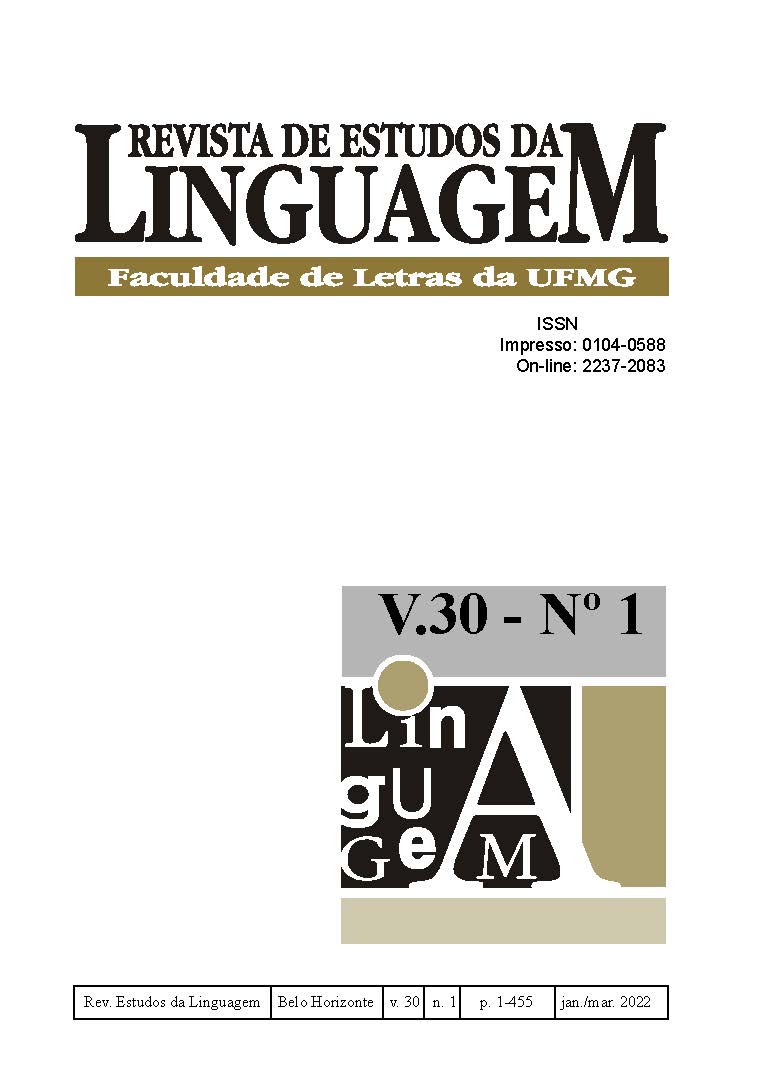Arquitetura de capa dos folhetos de cordel
tradição e modernidade
DOI:
https://doi.org/10.17851/2237-2083.30.1.175-208Palavras-chave:
folhetos de cordel, multimodalidade, tradição, línguística da práticaResumo
Amplamente conhecidos no Brasil, os folhetos de cordel têm produção ativa no Nordeste e caracterizam uma memória de grupo. Por essa razão, este artigo enfatiza a ideia de que esse gênero textual se manifesta e propaga-se pelo viés histórico-discursivo, apoiado por uma tradição oral e a partir de um modelo prototípico delineado. Conforme Rodrigues (2011), texto é produto de interação (comunicação e socialização) humana e extrapola aspectos meramente verbais, envolvendo elementos exteriores, e que são condizentes com o universo contextual e cultural, próprios da prática sócio-histórica, que é a linguagem. Com base numa pesquisa exploratória, descritiva e bibliográfica, o estudo investiga fenômenos de tradição, permanência e mudança presentes nas capas de folhetos de cordel. A partir de um viés simbólico-antropológico (DURAND, 2002) das ciências das significações, a pesquisa dialoga com os pressupostos teóricos das Tradições Discursivas (TD), difundidos por Kabatek (2006, 2012) e Coseriu (1980); além dos estudos culturais e de tradição oral (ZUMTHOR, 1993), folhetos de cordel e da Semiótica Antropológica (RODRIGUES, 2011, 2014a, 2014b, 2017, 2018a, 2018b). Por meio das análises efetuadas, conclui que os folhetos de cordel são instrumentos de representação e manutenção da memória popular nordestina, revelando nas capas retratos da região, sua cultura, memória e imaginário. Para além de sua estrutura (arquitetura e suporte), o cordel abre possibilidades múltiplas de estudo e compreensão de sua atuação/atualização como prática social na cultura nordestina através da leitura e composição verbo-visual/multimodal, o que permite sua continuidade e a manutenção das vozes da cultura que representa.





